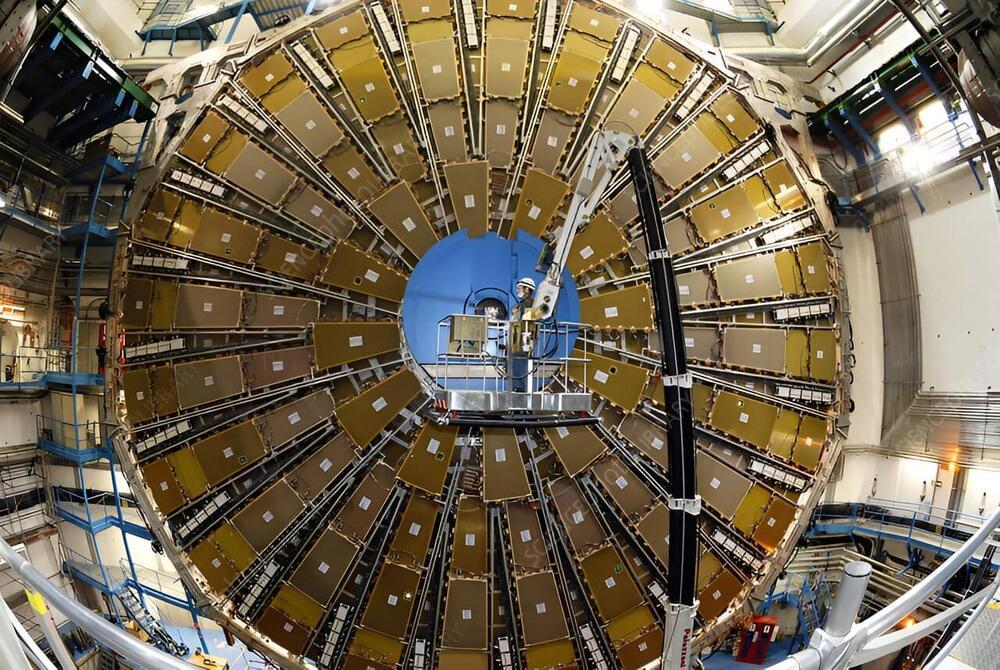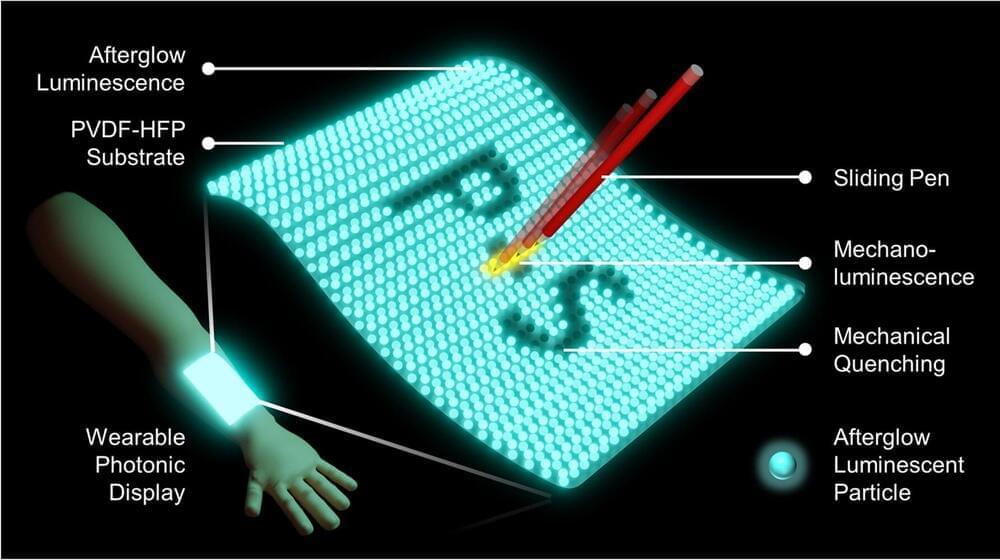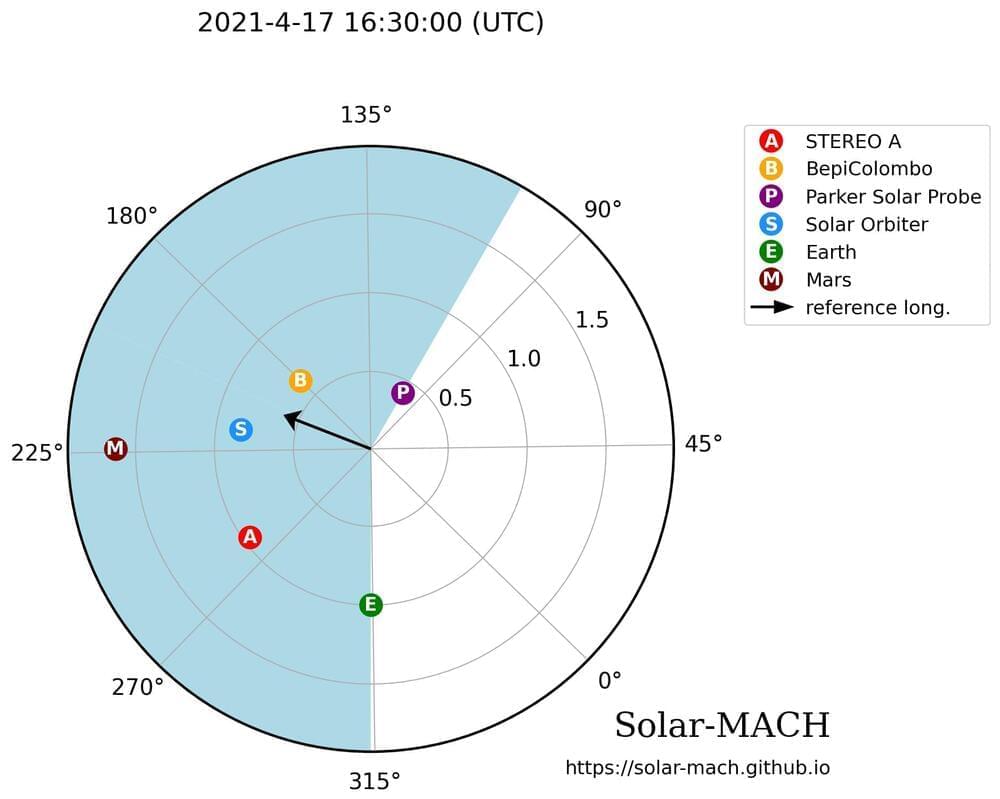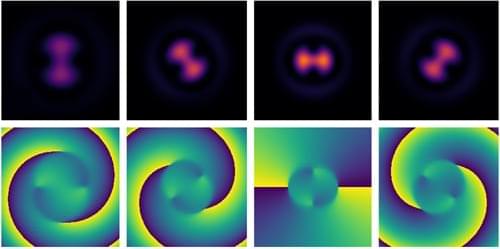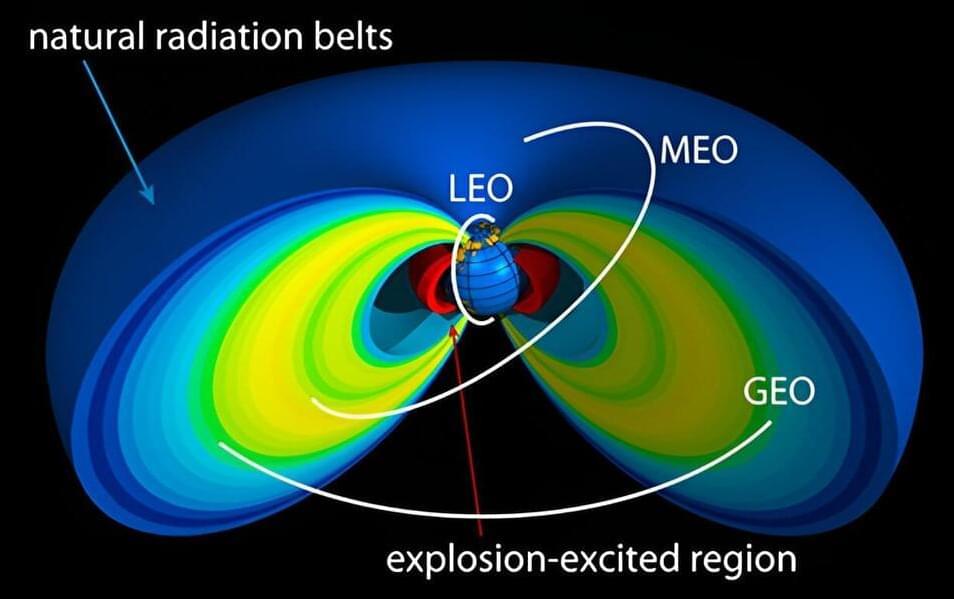Mar 9, 2024
Study shows that the ATLAS detector can measure the flux of high-energy supernova neutrinos
Posted by Quinn Sena in categories: cosmology, particle physics
High-energy neutrinos are extremely rare particles that have so far proved very difficult to detect. Fluxes of these rare particles were first detected by the IceCube Collaboration back in 2013.
Recent papers featured in Physical Review D and The Astrophysical Journal Letters found that nearby supernovae, especially Galactic ones, would be promising sources of high-energy neutrinos. This has inspired new studies exploring the possibility of detecting neutrinos originating from these sources using large particle collider detectors, such as the ATLAS detector at CERN.
Researchers at Harvard University, University of Nevada and Pennsylvania State University recently demonstrated that the ATLAS detector can measure the flux of high-energy supernova neutrinos. Their new paper, published in Physical Review Letters, could inspire future efforts aimed at detecting fluxes of high-energy neutrinos.
